Dec 26, 2018
Top 10 Rural Monitor Articles of 2018
Here is a countdown of the most-read articles of the year:
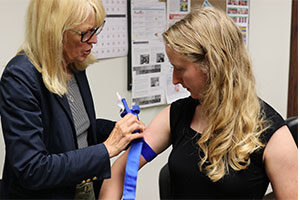 #10 – Trauma Training
Initiative Teaches Rural Laypeople How to “Stop
the Bleed”
#10 – Trauma Training
Initiative Teaches Rural Laypeople How to “Stop
the Bleed”
On average, rural residents wait twice as long for emergency medical services than urban residents. Stop the Bleed is a trauma training initiative that teaches laypeople how to pack wounds and apply tourniquets in order to improve survival rates until medical attention arrives.
Published October 3, 2018
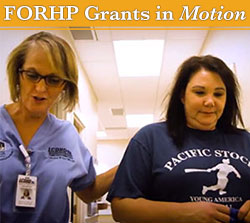 #9 – Rural
Health Opioid Program Funds Care Coordination Efforts for
Recovery
#9 – Rural
Health Opioid Program Funds Care Coordination Efforts for
Recovery
As more federal dollars are directed toward the opioid crisis, three communities use grant funds for treatment and recovery care coordination in court, prisons, and the homes of new moms.
Published September 5, 2018
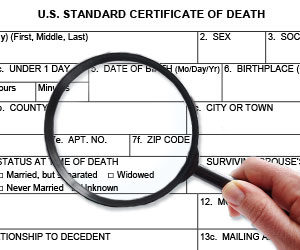 #8
– The Death
Certificate: A Document to be Honored and
Accurate
#8
– The Death
Certificate: A Document to be Honored and
Accurate
An in-depth look at death certificates shows how this vital statistic document can impact rural healthcare, rural healthcare policy, and public health interventions.
Additional article
Follow the filing
process for a death certificate document in Death
Certificates: A Closer Look at Detail.
Published August 8, 2018
 #7 – Domestic and
Intimate Partner Violence: Some Do's and Don'ts for
Health Providers
#7 – Domestic and
Intimate Partner Violence: Some Do's and Don'ts for
Health Providers
In this in-depth story, multiple clinical issues surrounding domestic violence (DV) and intimate partner violence (IPV) in rural settings are discussed by providers, researchers, and those serving indigenous populations. Rural prevalence rates, provider knowledge gaps, and healthcare expenditures are also reviewed.
Additional articles
Read more on how
domestic violence impacts rural populations and
healthcare:
- The Ruralness of Domestic and Intimate Partner Violence: Prevalence, Provider Knowledge Gaps, and Healthcare Costs
- Late Life Domestic Violence: No Such Thing as “Maturing Out” of Elder Abuse
- Indigenous People and Domestic Violence: Who's Bringing Solutions
Published October 17, 2018
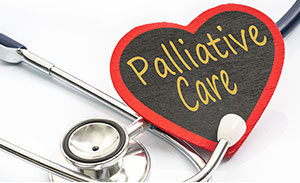 #6 – Community-based
Palliative Care: Scaling Access for Rural
Populations
#6 – Community-based
Palliative Care: Scaling Access for Rural
Populations
The benefits of palliative care are described as “the heart of healthcare.” Experts and advocates share the importance of scaling this care to rural outpatients with serious illness and chronic medical conditions.
Published October 31, 2018
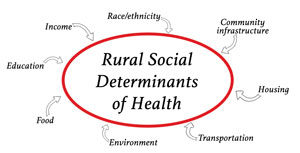 #5 – Social
Determinants of Health: Transforming the Buzz Phrase to a
Rural Action Item
#5 – Social
Determinants of Health: Transforming the Buzz Phrase to a
Rural Action Item
Two healthcare organizations demonstrate how the social determinants of health and social risk assessment can be used as a framework for transforming a rural “health delivery system to a true health system.”
Published April 18, 2018
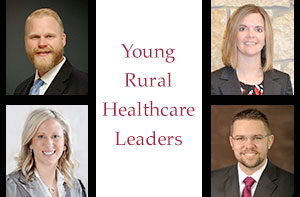 #4 – Young
Rural Healthcare Leaders Share Experiences and
Insights
#4 – Young
Rural Healthcare Leaders Share Experiences and
Insights
In addition to providing advice for those with potential interest in rural healthcare executive positions, four Critical Access Hospitals leaders – all under age 40 – share stories of innovation and impact on their organizations and communities.
Published January 24, 2018
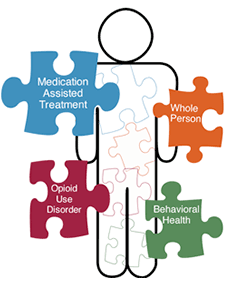 #3 – What's
MAT Got to Do with It? Medication-Assisted Treatment for
Opioid Use Disorder in Rural America
#3 – What's
MAT Got to Do with It? Medication-Assisted Treatment for
Opioid Use Disorder in Rural America
An important aspect of the opioid crisis is opioid use disorder (OUD). This in-depth story focuses on the science behind the disorder and the use of an evidence-based treatment: MAT, or medication-assisted treatment.
Additional articles
Learn about the
brain disease model of OUD and how MAT medications work
to address it:
Published March 21, 2018
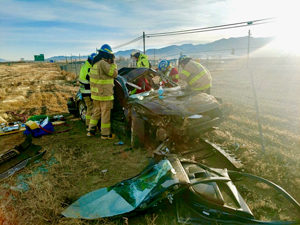 #2 – Recruitment
and Retention: Overcoming the Rural EMS
Dilemma
#2 – Recruitment
and Retention: Overcoming the Rural EMS
Dilemma
Limited funding, expanding coverage areas, and a cultural shift in volunteerism across generations has motivated EMS leaders to find new recruitment methods that attract more personnel and keep them as long as possible.
Published February 7, 2018
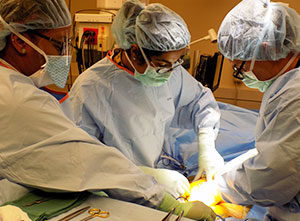 #1 – Comprehensive
Rural Population Health: Where is the General
Surgeon?
#1 – Comprehensive
Rural Population Health: Where is the General
Surgeon?
Moving the conversation away from finances, advocates share why general surgery plays an important role in a comprehensive rural population health strategy by delivering the right care in the right place at the right time.
Additional articles
Read more about
the healthcare workforce and rural general surgery:
- The Rural General Surgeon's Partner: Rural Certified Registered Nurse Anesthetists
- Where Are They? Examining General Surgery Workforce Issues
Published June 27, 2018
